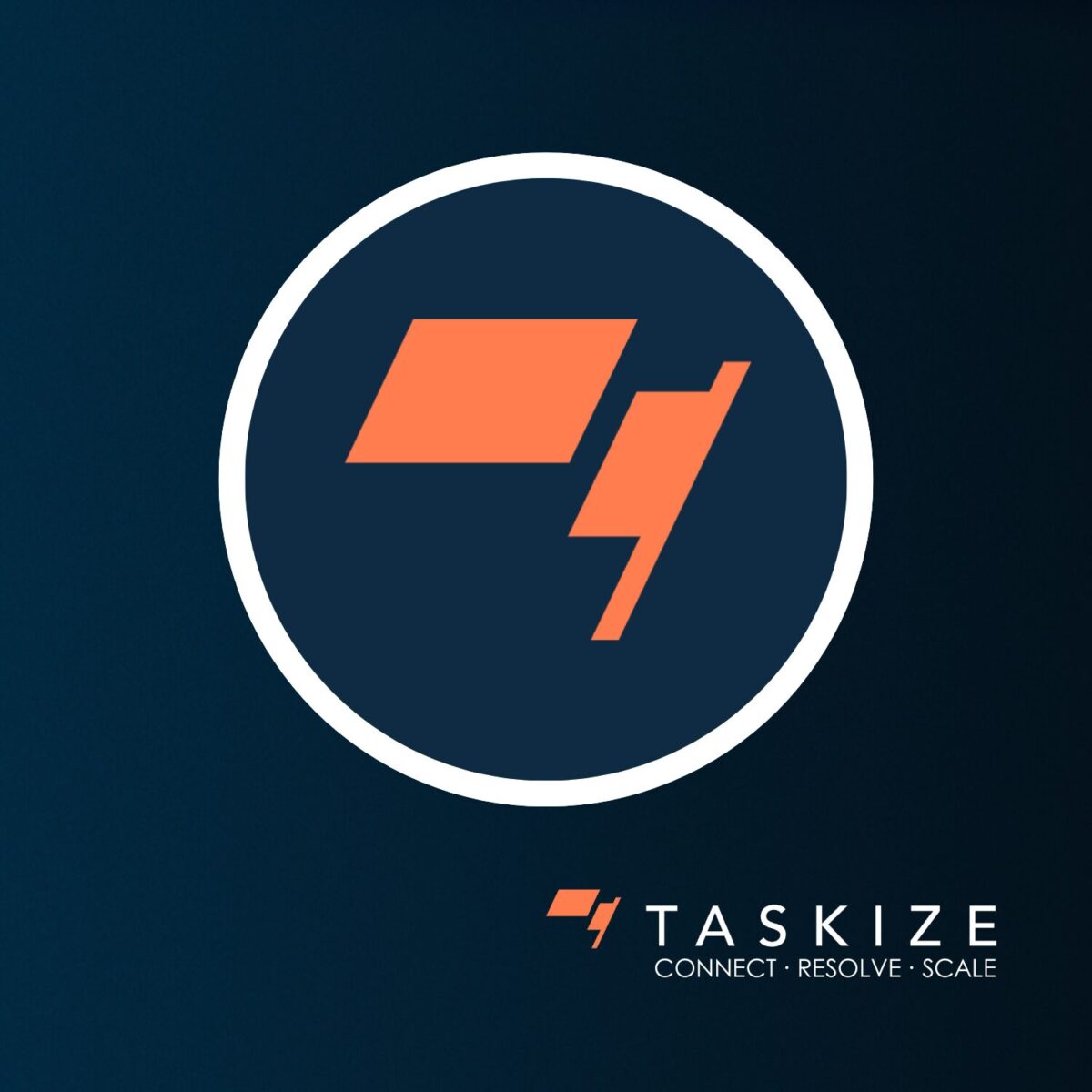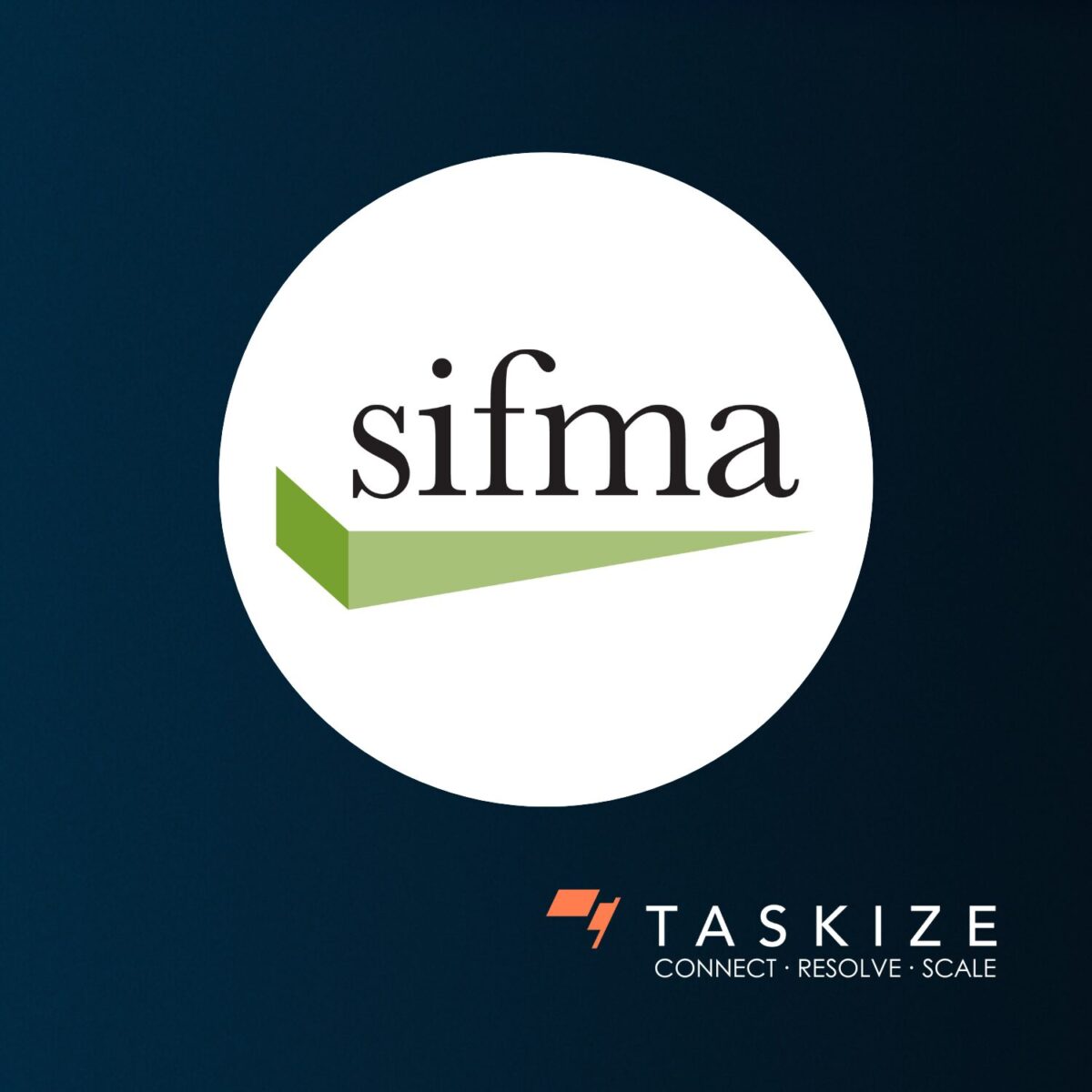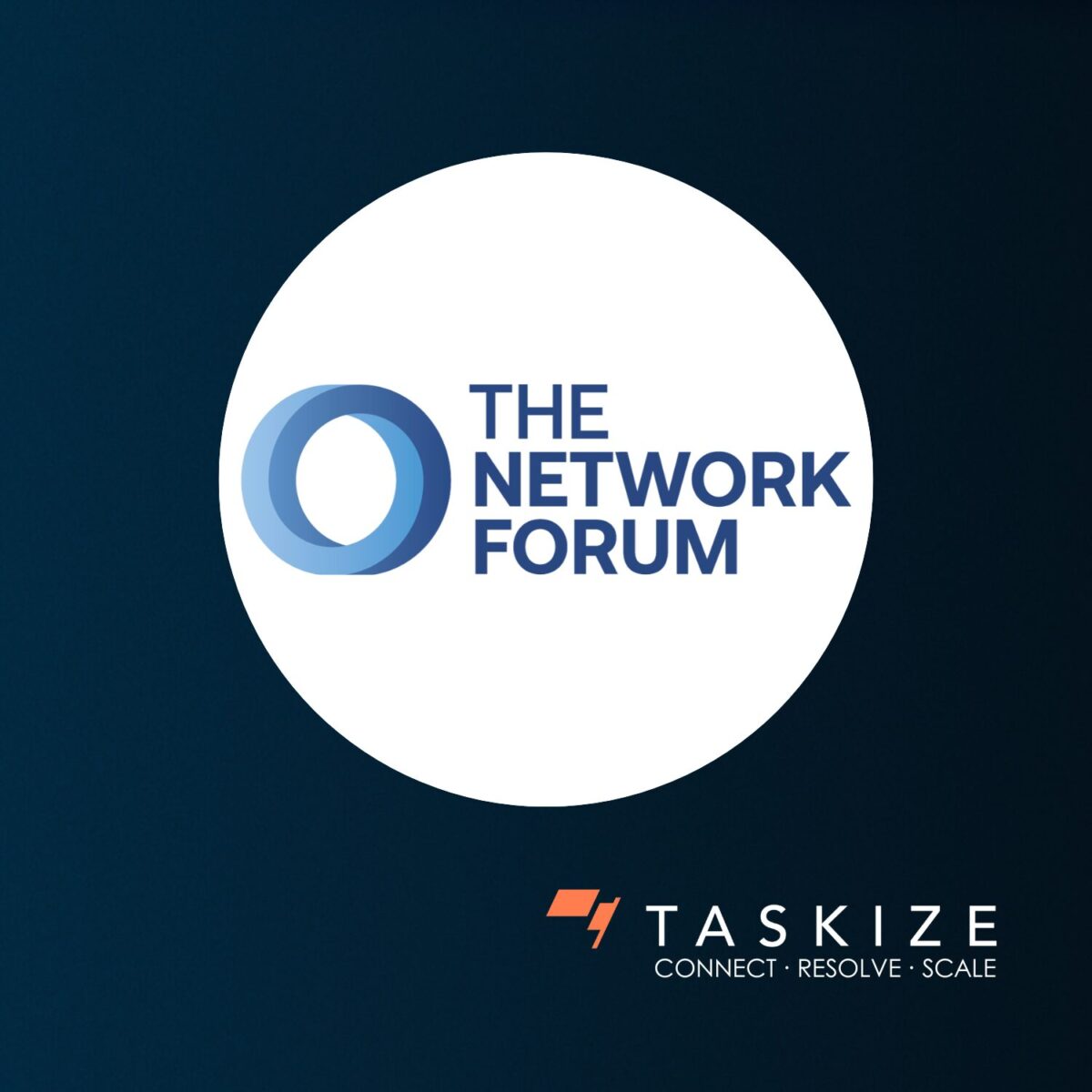Insights
Financial institutions must work cohesively to implement business changes and realise efficiencies both through automation and the harmonisation of manual processes in their existing post-trade operations before they can unleash ambitions of introducing disruptive technologies into the mix.
A number of processes in the custody industry remain highly manual, and imbued with cost overheads and chronic inefficiencies, and this needs to be rectified in the immediate term. Nowhere is this more evident than in the post-trade space where manual interventions around corporate actions, trade settlement, clearing and reconciliations continue to dominate.
While a lot has been achieved in standardisation and straight-through-processing (STP) there is room for incremental improvement before resorting to disruptive technologies.
There are multiple counterparties involved in the post-trade space including global custodians, sub-custodians, central securities depositories (CSDs) and central counterparty clearing houses (CCPs), which do not yet have standardised processes and when manual interventions occur current productivity aids only scratch the surface of the opportunity.
It is critical that these organisations collaborate more to create efficiencies and systematic cost-savings. This will require a considerable amount of work to be done, but the long-term benefits of collaborating now – rather than waiting – will be enormous. Streamlining costs – be it through outsourcing, offshoring or introducing productivity-enhancing technologies into post-trade areas – should be a focus for financial institutions.
Transformation through innovations such as blockchain will not become the business standard overnight, but over several years. Creating efficiencies today can enable a more orderly implementation of blockchain across the post-trade space when the time comes. Standardisation can take a long time, so it is crucial the industry work now towards achieving a degree of uniformity in post-trade.
Any solution must be implemented incrementally and thoughtfully, with minimal disruption to legacy systems and processes. It is crucial that this evolution takes place with due consideration to prior investments in a way that does not require continual system rebuilds as the landscape evolves.
Blockchain has the potential to disrupt a number of segments across the custody chain including asset servicing, corporate actions, reconciliations, clearing and settlement. A number of issues around firms’ existing technologies, not to mention blockchain and its usage must be resolved if its potential is to become reality.
Blockchain must make advancements of its own, including further standardisation and more industry education. Efforts are being made to enact a joined-up approach towards blockchain through the R3 Consortium, while industry and regulators are in discussions about how distributed ledger technology can be leveraged, as well as its possible systemic risks.
The potential of blockchain could be significant and there is a strong possibility it may disintermediate large components of the post-trade space and bring numerous advantages to these antiquated processes. However, this success will only happen if firms work together towards standardising the current post-trade environment and improving existing technology.


